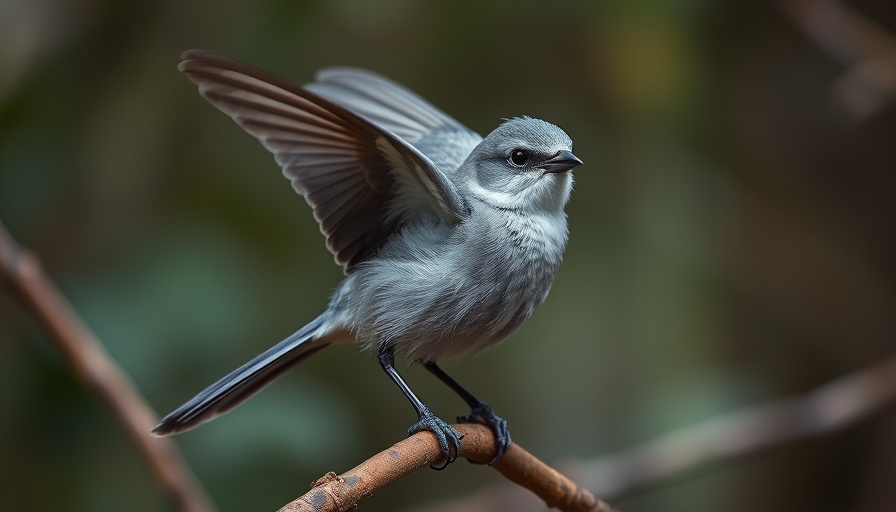
Discovering Meaning in Flight: Glenn Albrecht and the Gray Fantail
In the enchanting realm of Australia, one bird has captured the heart of environmental philosopher Glenn Albrecht: the Gray Fantail. This little avian acrobat, known for its intricate flight patterns and playful interactions, serves as a profound symbol for Albrecht, who transforms personal experiences into philosophical insights about our connection to nature and the emotional distress caused by environmental degradation.
Growing up in Western Australia, Albrecht was mesmerized by the Gray Fantail's acrobatic flights, often darting perilously close to humans. He recalls a time when the bird would land on his grandmother's head and flit around his family, provoking a sense of wonder in childhood. Yet, as Albrecht matured, he understood that the fantastic performances of the fantail were not simply for amusement; they were a survival technique for catching insects, revealing a deeper relationship between human observation and natural instinct.
The Harsh Reality of Change
However, as Albrecht observed the beauty of the Gray Fantail, he also witnessed the devastating impact of coal mining on the Australian landscape. This transformation spurred him to become an environmental philosopher, coining terms like “solastalgia,” which describes the emotional distress one feels when the environment is irreparably changed while still in one’s home. Through his studies, Albrecht has crafted a new vocabulary aimed at reconnecting people to their emotions associated with nature and its potential demise.
From Personal Reflection to Global Dialogue
Albrecht uses his intimate connection with the Gray Fantail to encourage a broader understanding of human-nature interaction. He believes that it is imperative for humanity to recognize the emotional cost of environmental destruction, urging people to channel their appreciation of the natural world into action. “This bird was inviting me to share its world. All I had to do was to pay attention to it,” he said, reflecting on the lessons learned from his feathered friend.
As the conversation around climate change intensifies, figures like Albrecht are critical in bridging the personal with the political, emphasizing that the plight of the Gray Fantail is fundamental to our collective future. Understanding his journey through the lens of this small bird invites a reawakening of our shared responsibilities toward the natural world.
To explore more about Glenn Albrecht's philosophy and his passionate insights into environmental ethics, visit BirdNote.
 Add Row
Add Row  Add
Add 




Write A Comment